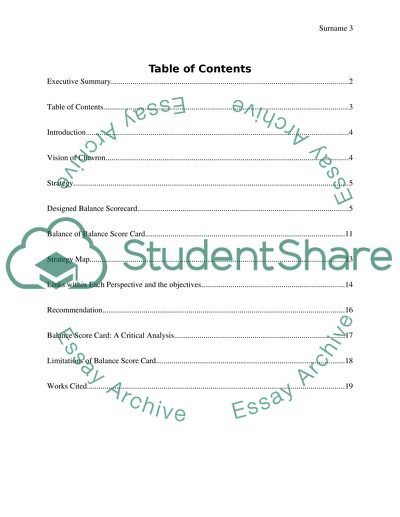Cite this document
(“Balanced Scorecard and Strategy Map Coursework Example | Topics and Well Written Essays - 2500 words”, n.d.)
Balanced Scorecard and Strategy Map Coursework Example | Topics and Well Written Essays - 2500 words. Retrieved from https://studentshare.org/finance-accounting/1480482-balanced-scorecard-and-strategy-map
Balanced Scorecard and Strategy Map Coursework Example | Topics and Well Written Essays - 2500 words. Retrieved from https://studentshare.org/finance-accounting/1480482-balanced-scorecard-and-strategy-map
(Balanced Scorecard and Strategy Map Coursework Example | Topics and Well Written Essays - 2500 Words)
Balanced Scorecard and Strategy Map Coursework Example | Topics and Well Written Essays - 2500 Words. https://studentshare.org/finance-accounting/1480482-balanced-scorecard-and-strategy-map.
Balanced Scorecard and Strategy Map Coursework Example | Topics and Well Written Essays - 2500 Words. https://studentshare.org/finance-accounting/1480482-balanced-scorecard-and-strategy-map.
“Balanced Scorecard and Strategy Map Coursework Example | Topics and Well Written Essays - 2500 Words”, n.d. https://studentshare.org/finance-accounting/1480482-balanced-scorecard-and-strategy-map.


